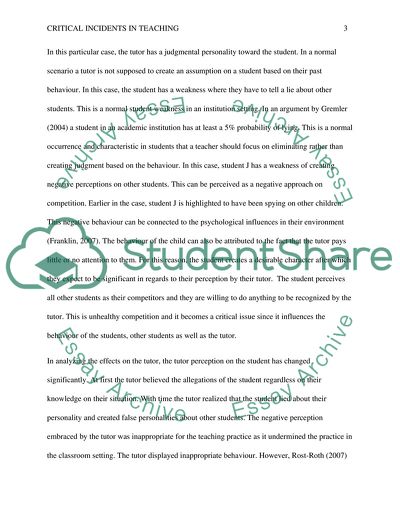Cite this document
(A Critical Teaching Incidence Case Study Example | Topics and Well Written Essays - 4500 words - 1, n.d.)
A Critical Teaching Incidence Case Study Example | Topics and Well Written Essays - 4500 words - 1. https://studentshare.org/education/1805009-critical-incidents
A Critical Teaching Incidence Case Study Example | Topics and Well Written Essays - 4500 words - 1. https://studentshare.org/education/1805009-critical-incidents
(A Critical Teaching Incidence Case Study Example | Topics and Well Written Essays - 4500 Words - 1)
A Critical Teaching Incidence Case Study Example | Topics and Well Written Essays - 4500 Words - 1. https://studentshare.org/education/1805009-critical-incidents.
A Critical Teaching Incidence Case Study Example | Topics and Well Written Essays - 4500 Words - 1. https://studentshare.org/education/1805009-critical-incidents.
“A Critical Teaching Incidence Case Study Example | Topics and Well Written Essays - 4500 Words - 1”. https://studentshare.org/education/1805009-critical-incidents.


